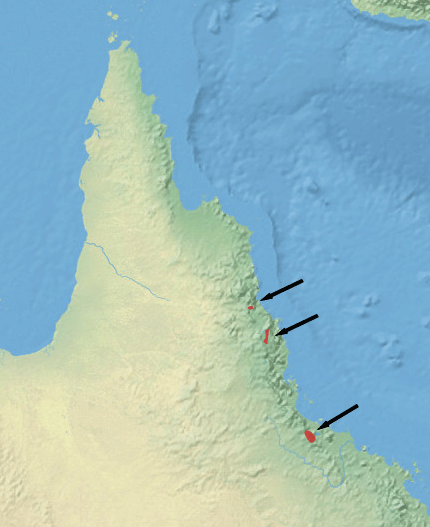Facts About Northern bettong
The northern bettong, often referred to as a "rat kangaroo" due to its distinctive hopping movement, is a small marsupial indigenous to northeastern Queensland, Australia. These petite creatures inhabit specific woodlands and forests and belong to a group comprising five species found across Australia. Approximately the size of a rabbit, they possess a large tail and typically live for 4 to 6 years in the wild, though they can survive up to 15 years in captivity. The Rufous Bettong, the most prevalent species, is particularly widespread along Australia's eastern coast.
Bettongs are nocturnal, spending their days resting in underground burrows. They use their tails to carry nesting materials and emerge at night to forage. Their diet mainly consists of fungi, fruits, seeds, and tubers. Interestingly, they rarely drink water or consume green plants. Bettongs reproduce throughout the year and, under favorable conditions, can produce up to three offspring annually, leading to fluctuations in their population.
Unfortunately, bettongs face significant threats, mainly from habitat loss due to land clearing and agricultural expansion, which impacts their food sources. They prefer to nest in concealed spots under trees or clumps of grass. Their diet includes fungal sporocarps, grass roots, tubers, lilies, herbs, and sedges. Currently, the species is endangered and is confined to three regions in Queensland: Davies Creek, Emu Creek, and Tinaroo Creek, all within approximately 80 miles of each other.
